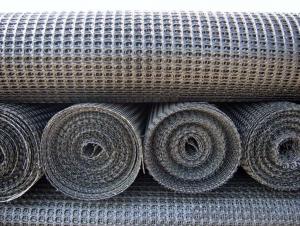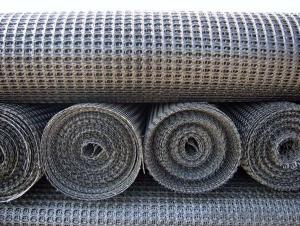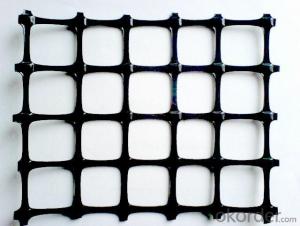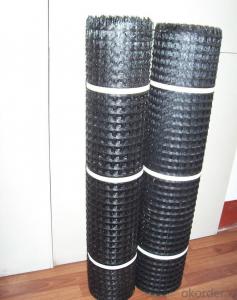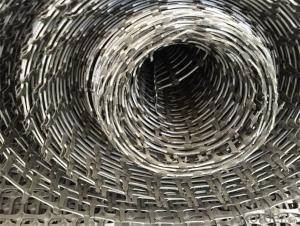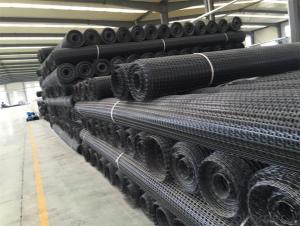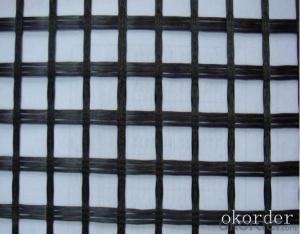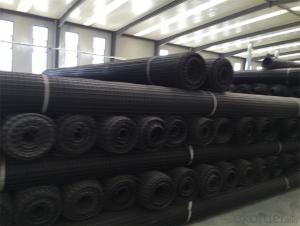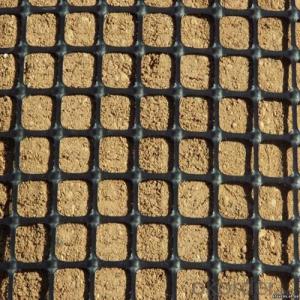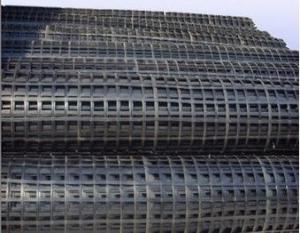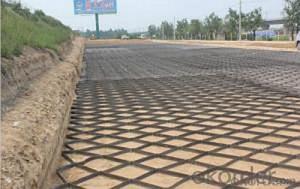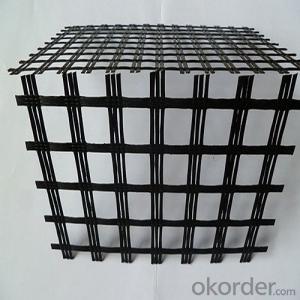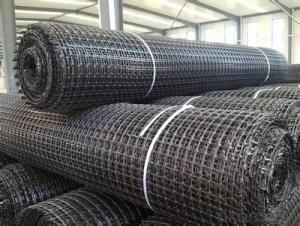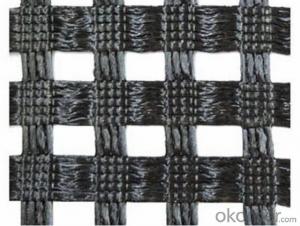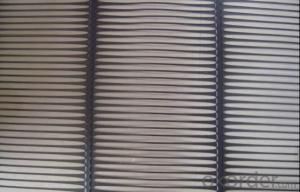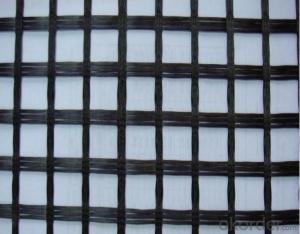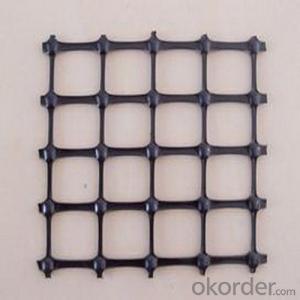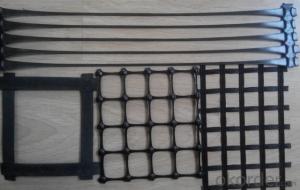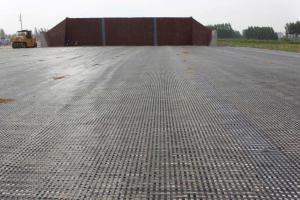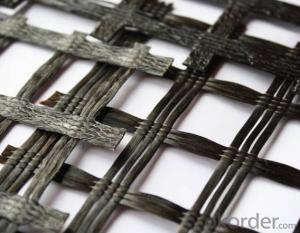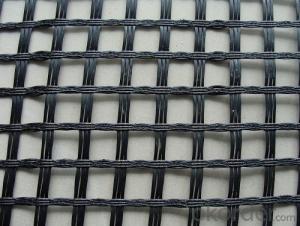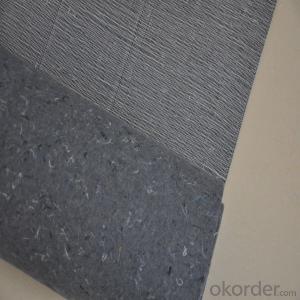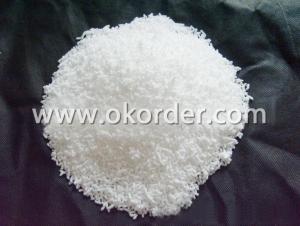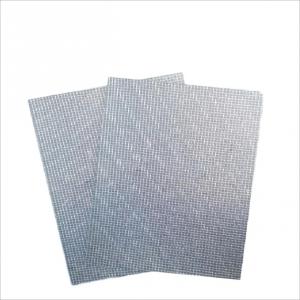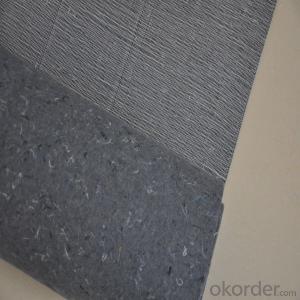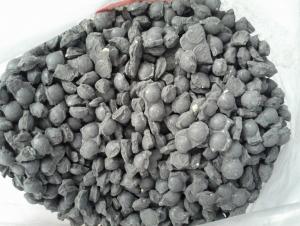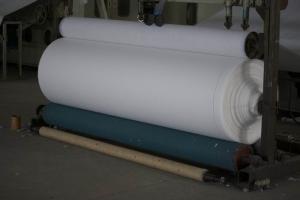Geogrid Là Gì
Geogrid Là Gì Related Searches
Geogrid Definition Geogrid Road Geogrid Layer Best Geogrid Purpose Of Geogrid Geogrid Com Geogrid Market Geogrid Energy Geogrid Price Ads Geogrid Buy Geogrid Online Geogrid Grass Geogrid Maps Buy Geogrid Geogrid Slope Gmb Geogrid Geogrid Cost Geogrid Tbl Geogrid Exe Geogrid Uses Geogrid Mat Geogrid Near Me Geogrid Parking Grass Geogrid Geogrid Prices Geogrid Purpose Geogrid Machine Laying Geogrid Geostar Geogrid Titan GeogridGeogrid Là Gì Supplier & Manufacturer from China
Geogrid Là Gì is a type of geosynthetic material that is widely used in civil engineering and construction projects. This product is designed to provide reinforcement and stabilization to soil structures, enhancing their overall performance and durability. Geogrid Là Gì can be applied in various scenarios, such as road construction, slope stabilization, and retaining walls. It is an effective solution for improving the load-bearing capacity of soil and reducing the risk of subsidence or erosion.In various construction and civil engineering projects, Geogrid Là Gì is utilized to reinforce soil and provide additional support to structures. Its usage can be seen in applications like roadbed reinforcement, embankment stabilization, and soil retention systems. By incorporating Geogrid Là Gì into these projects, engineers can ensure that the soil structure remains stable and can withstand the weight and pressure of the construction.
Okorder.com is a reputable wholesale supplier of Geogrid Là Gì, offering a vast inventory of this product to cater to the needs of various industries. As a leading distributor, Okorder.com ensures that customers have access to high-quality Geogrid Là Gì at competitive prices, making it an ideal choice for those seeking to incorporate this material into their projects.
Hot Products
